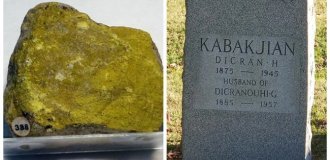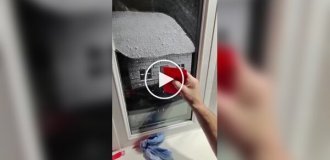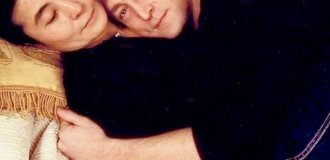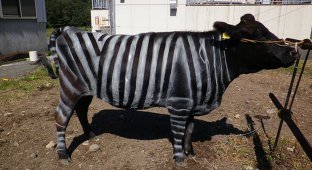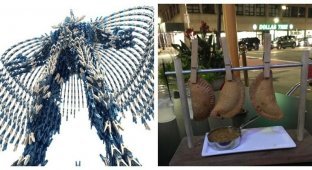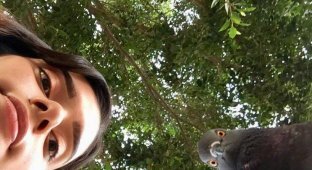From the real Turkey, the real Turkish honey in combs. Yes? Let's look at it through a microscope. 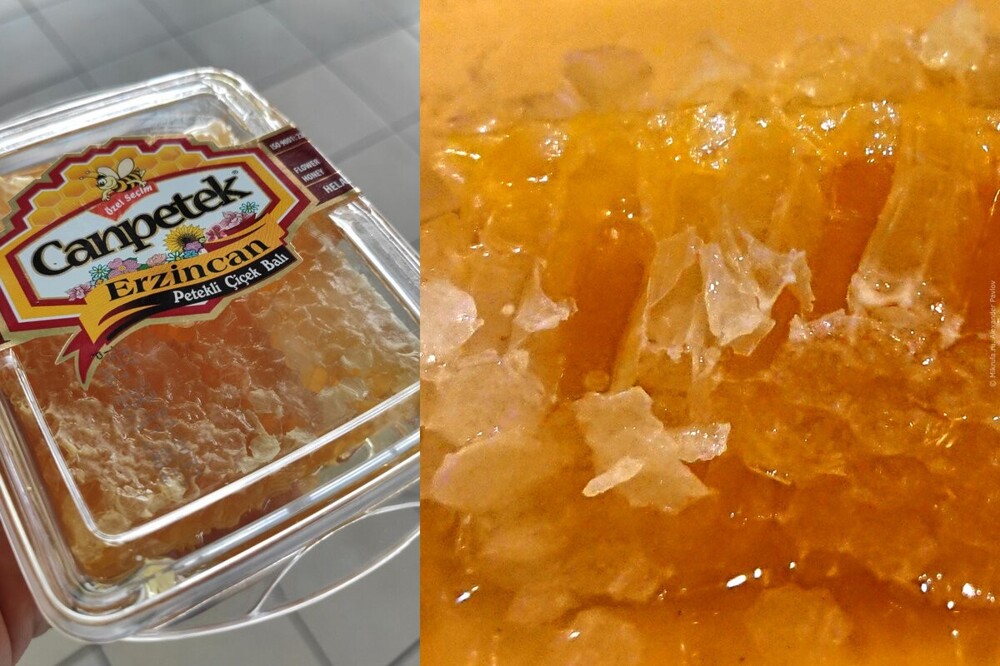
And let’s compare it with what the bees did at the local apiary. 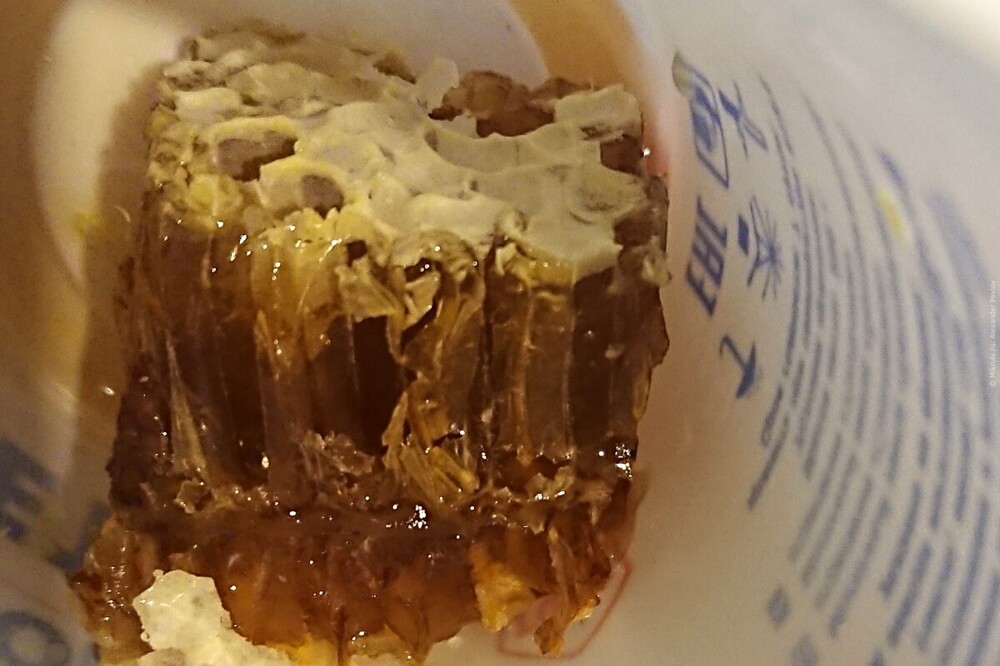

The first thing that catches your eye is that the walls in the honeycombs of the product from Turkey are suspiciously uniform. It seems that they are made of glass or plastic. 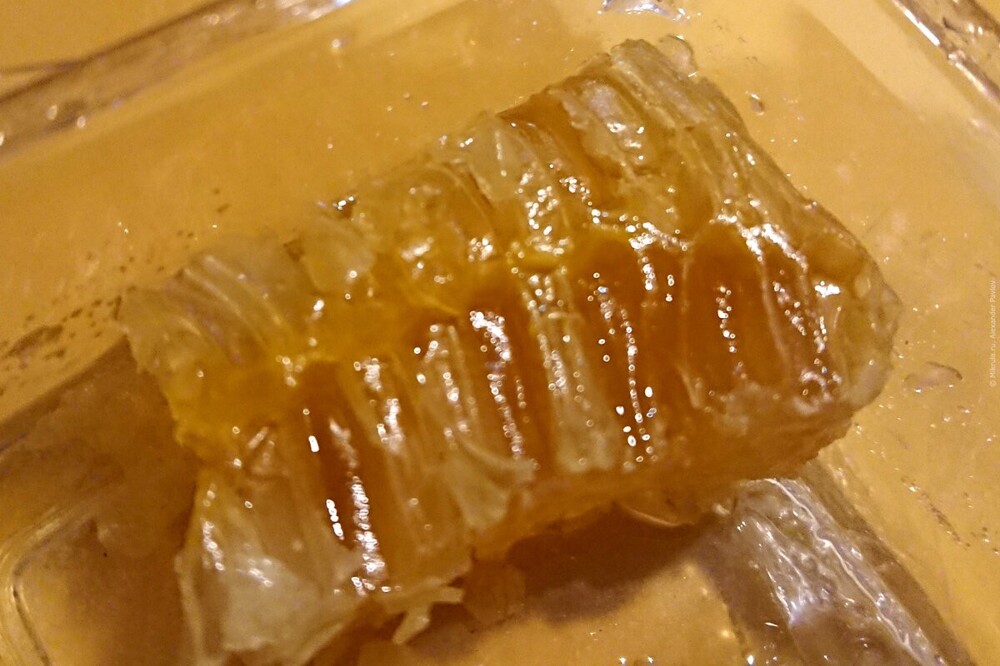
Accordingly, under a microscope, the wall of such a honeycomb looks more like plastic film. 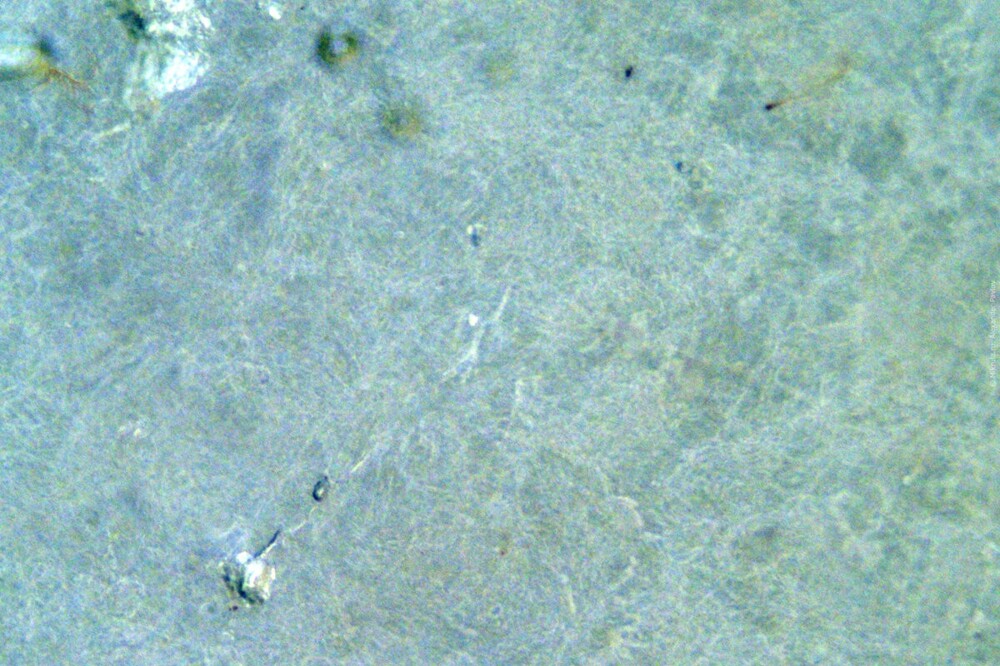
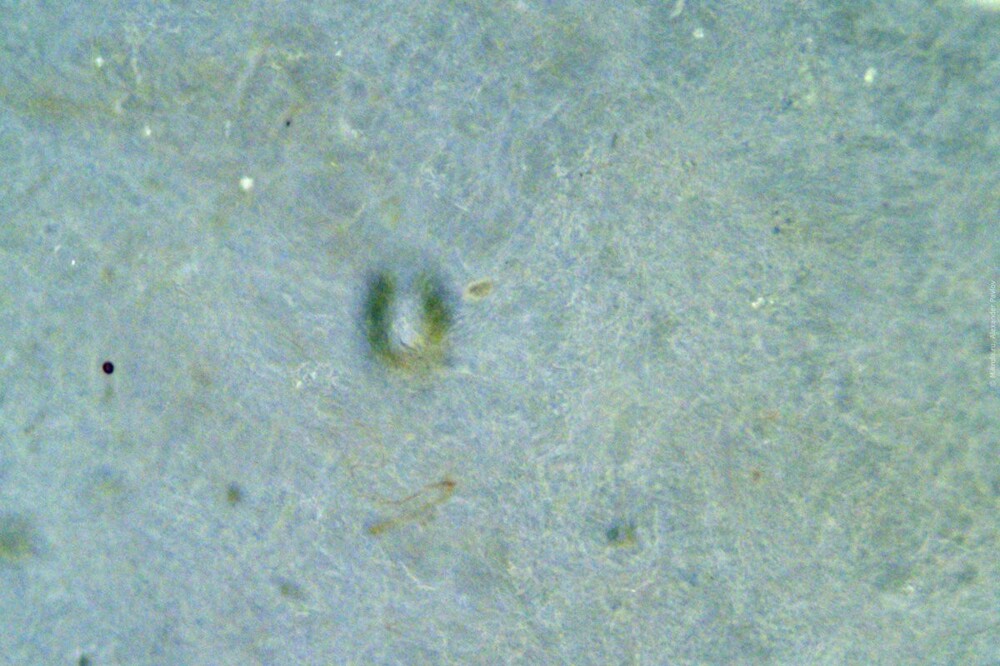
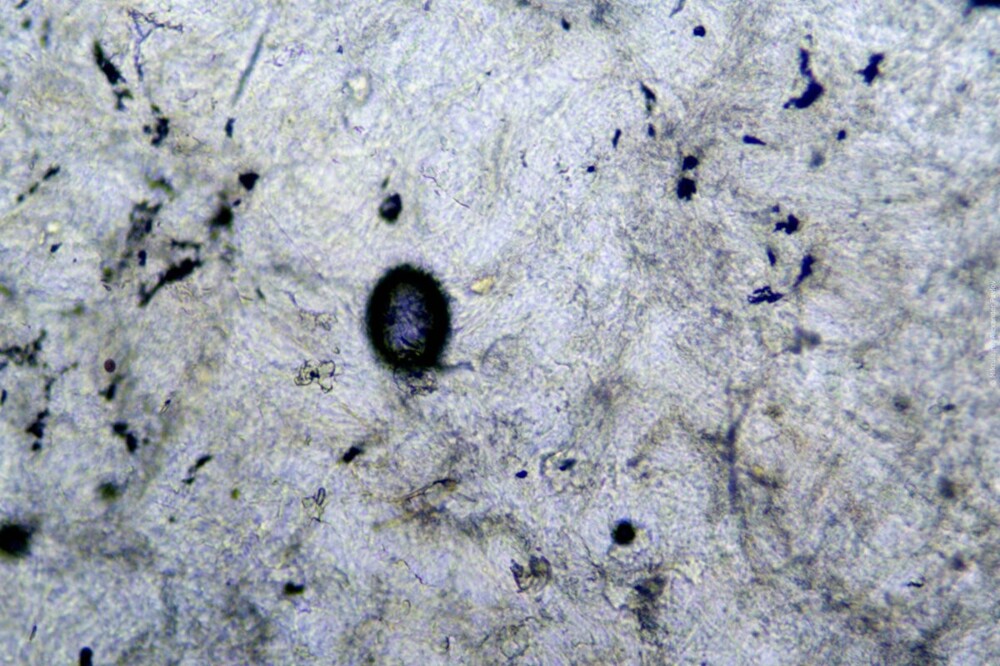
In transmitted light
The honeycomb partitions from our apiary are beautiful. In some places they are more transparent with patterns as if on frosty glass. 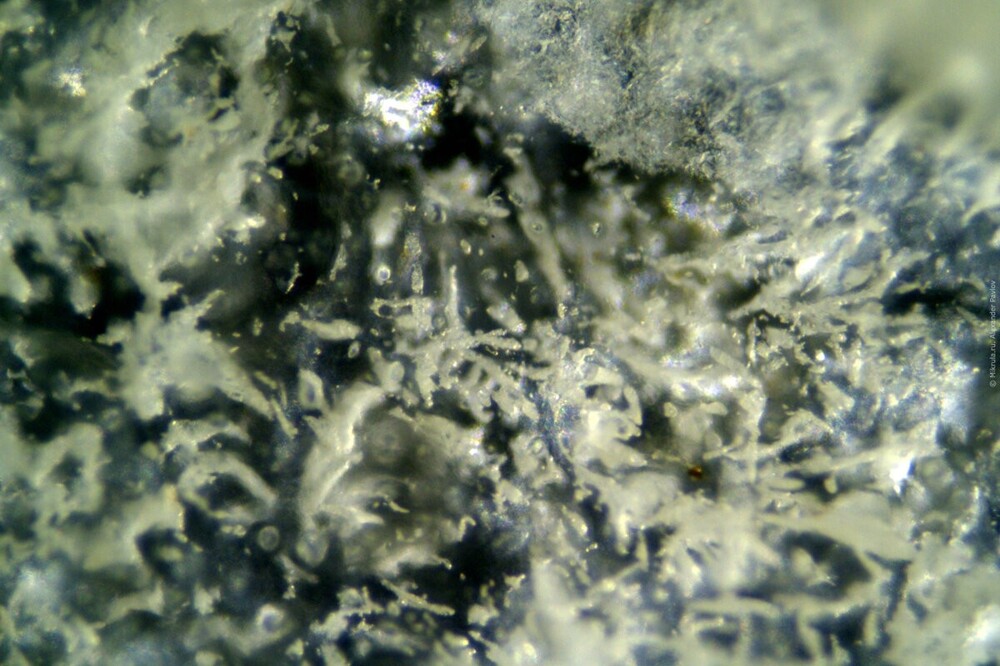
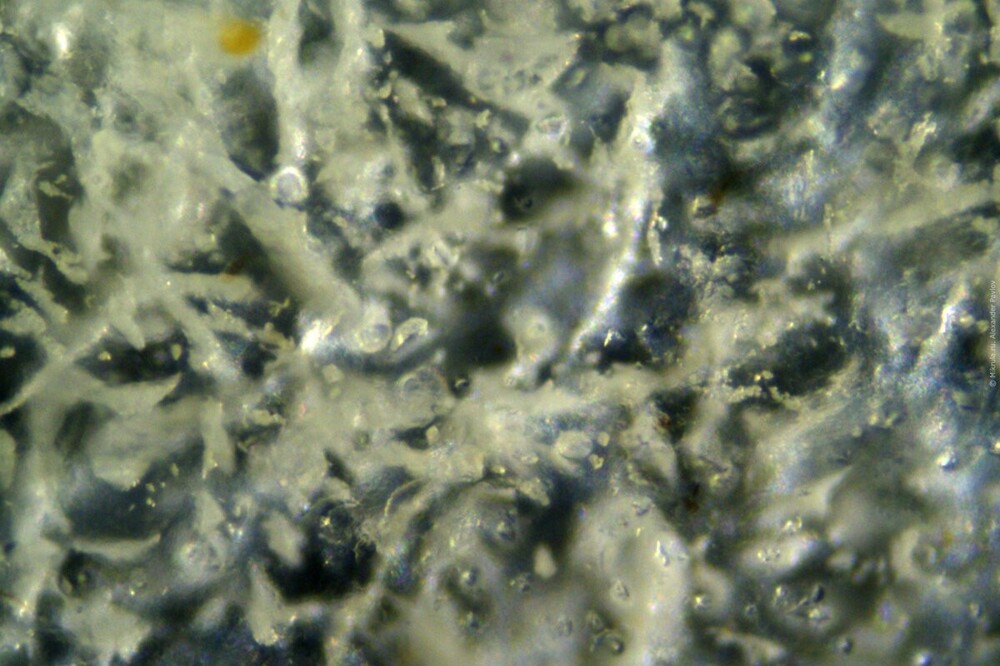
Elsewhere they are matte white and yellow. 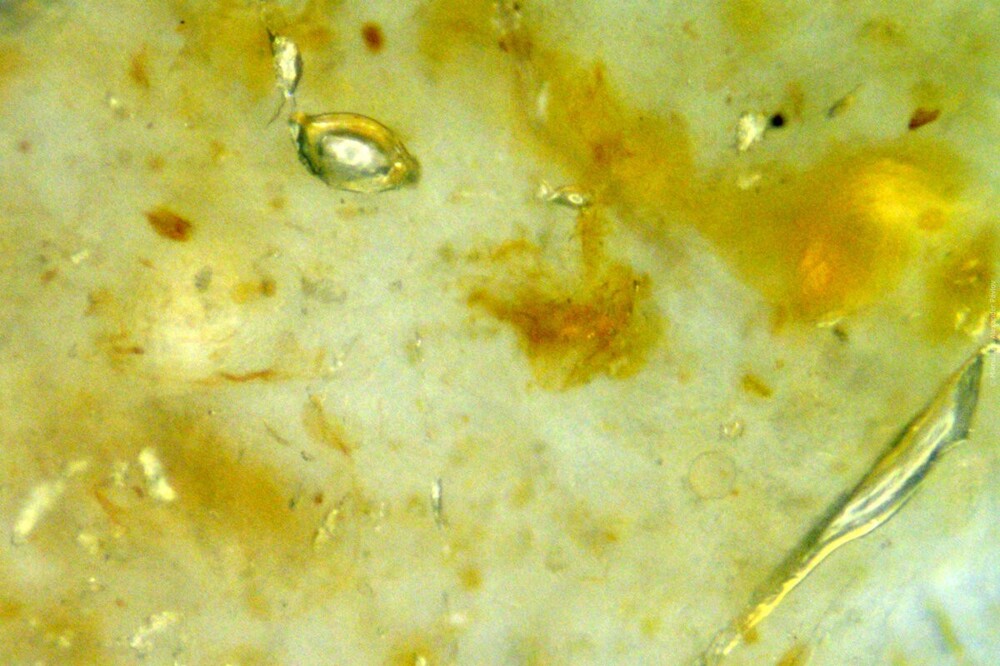

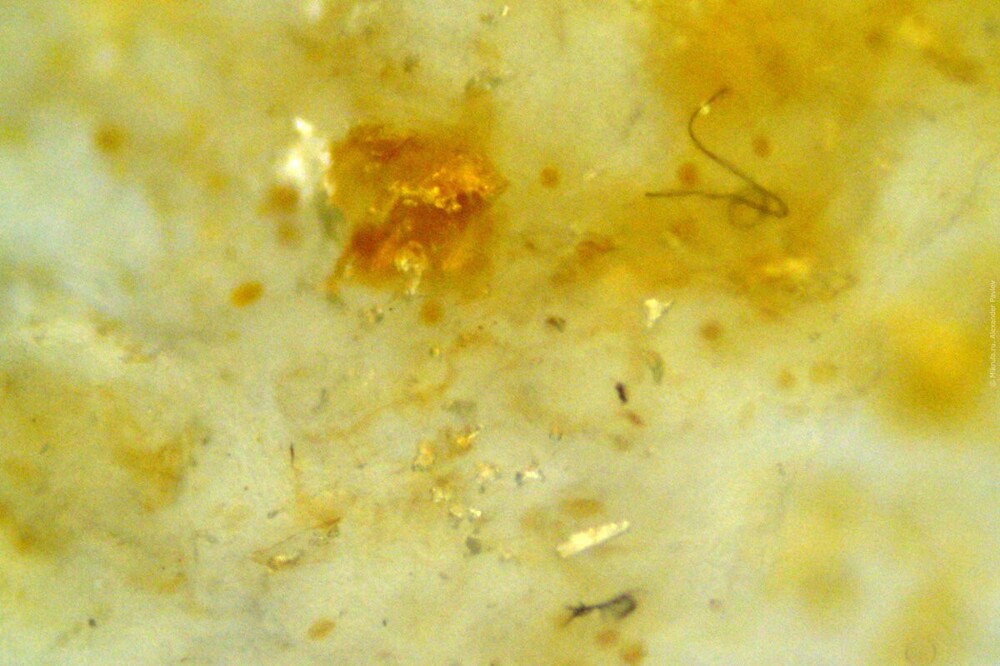
By passing a beam of light through them, you can see that pollen gives yellowness. 
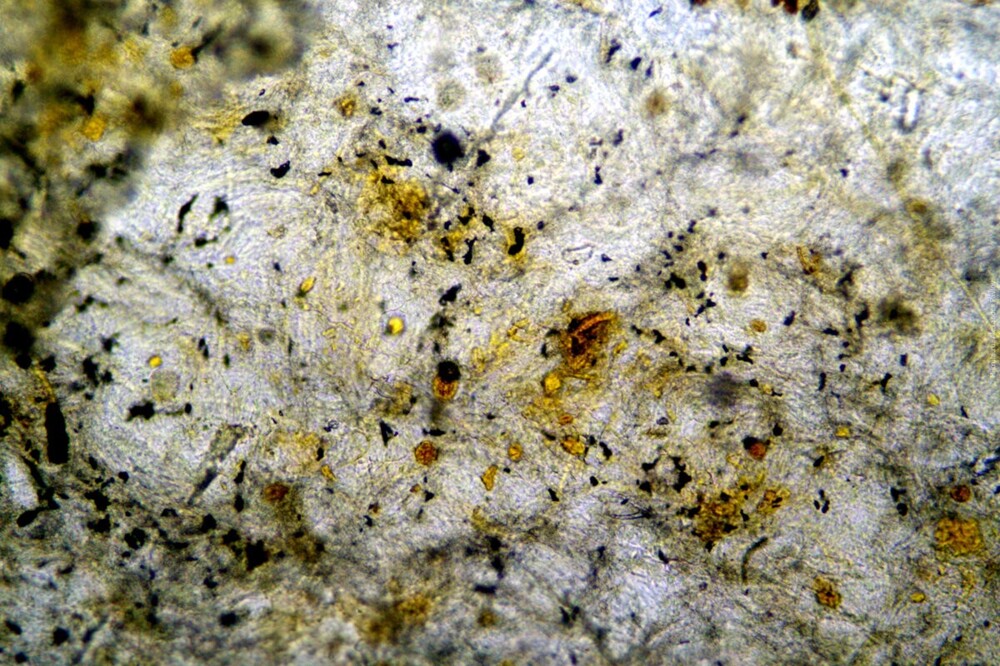
Another feature of Turkish honey is that the comb caps often fall off from each comb individually (see photo below, left). At the bottom of the honey box there are many individual hexagonal lids. If you try to remove the cover from the local honeycomb, it will most likely come off in a large piece (see photo below, right). 
Let’s take this large piece of covering material and examine it with a magnification of ×200. 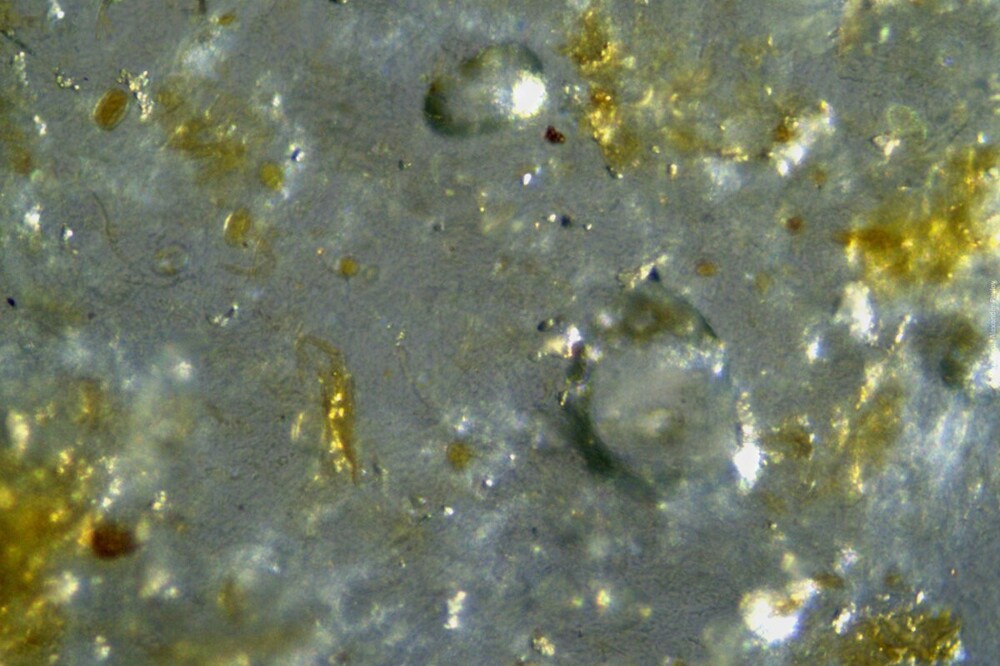
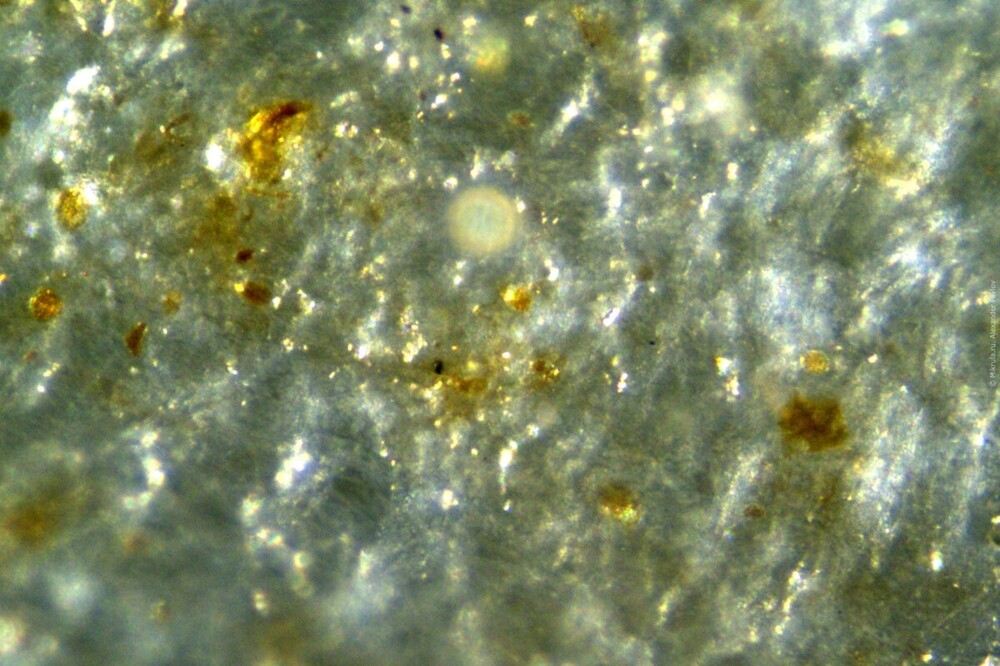
Again a large amount of pollen. 

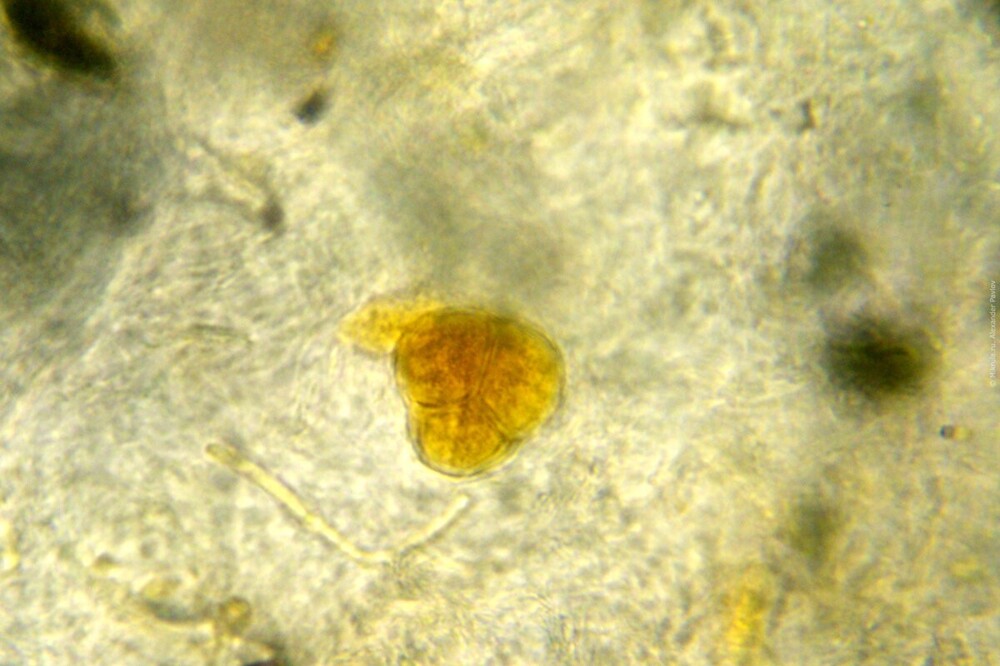
Let's magnify individual pollen grains 1000 times. They are different. 
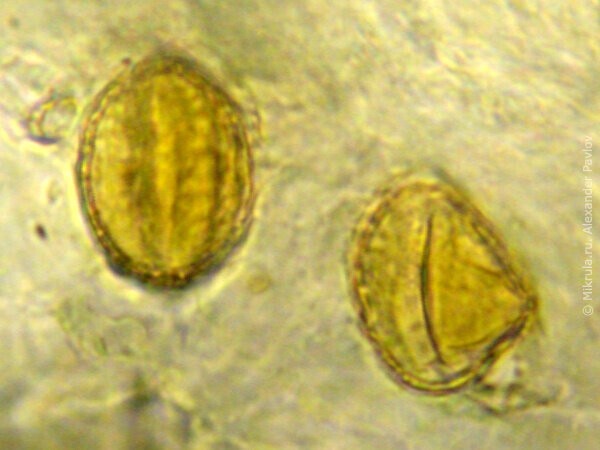
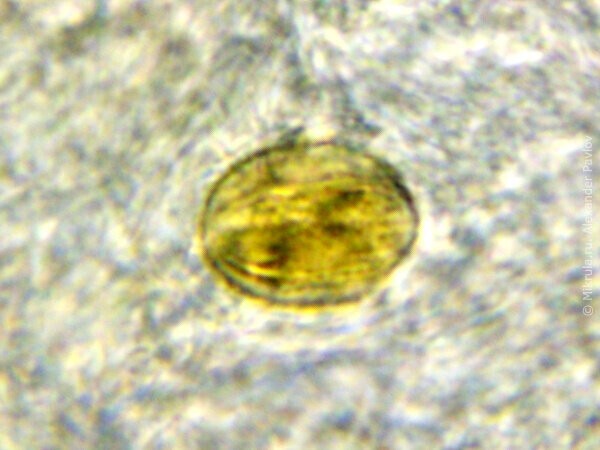
An insect antennae embedded in the lid of a honeycomb was found right on the surface. 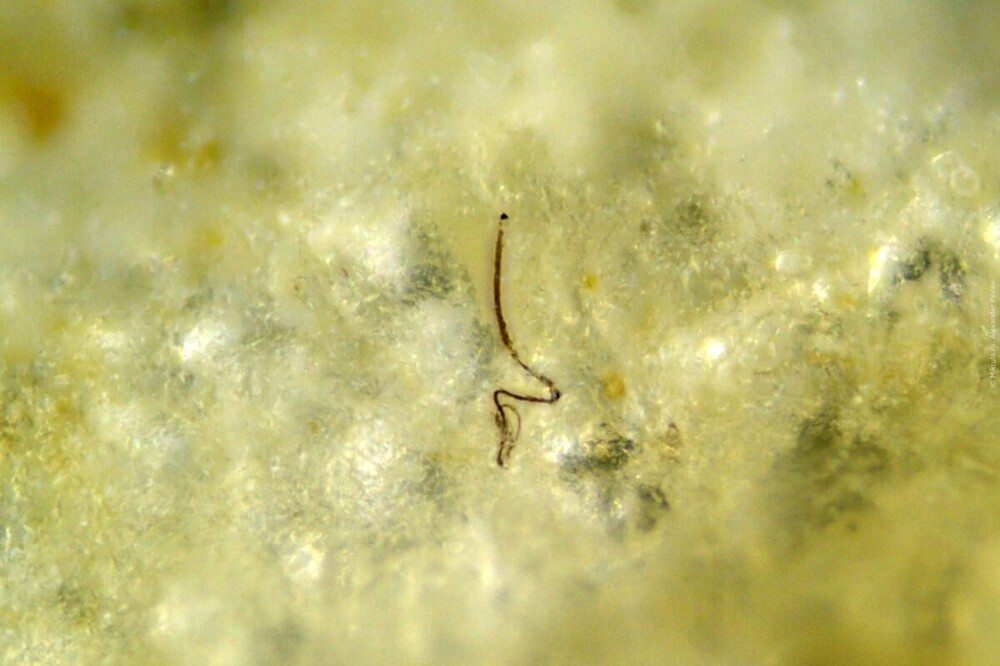
Honeycomb covers from Turkey. 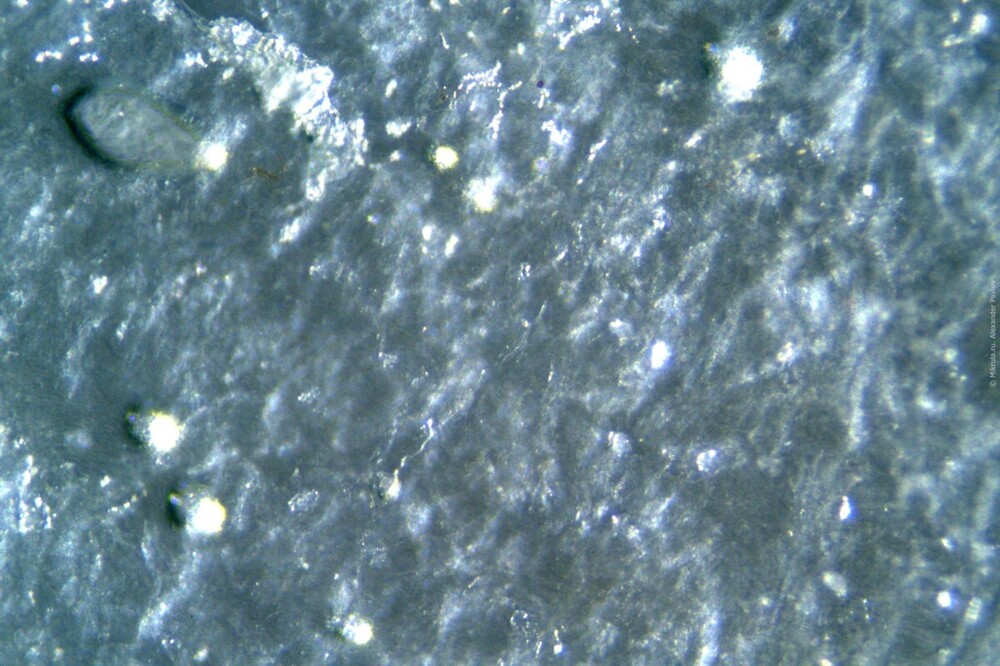
They contain almost no inclusions. No, of course, there are some microscopic stubs, but nothing more. 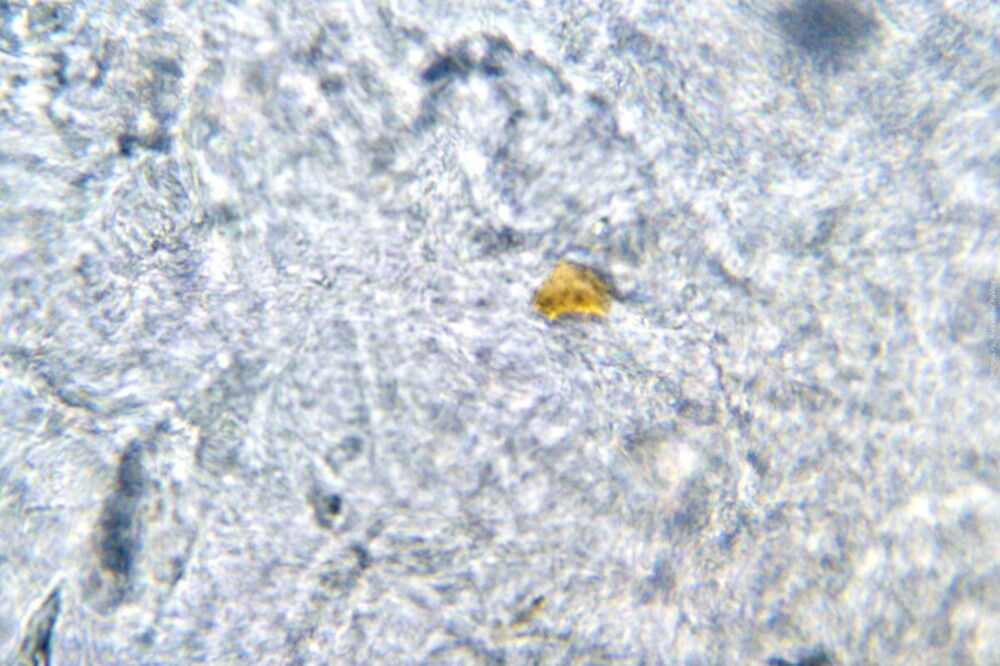
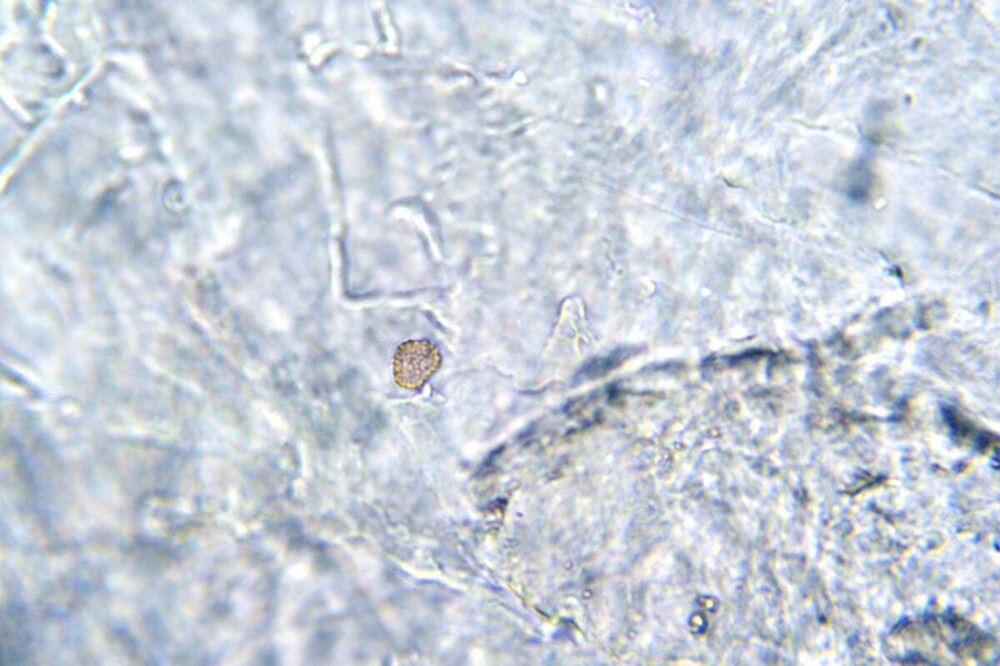
After searching thoroughly in this desert, I still found something that could be mistaken for a pollen grain. Maybe it came here from honey? 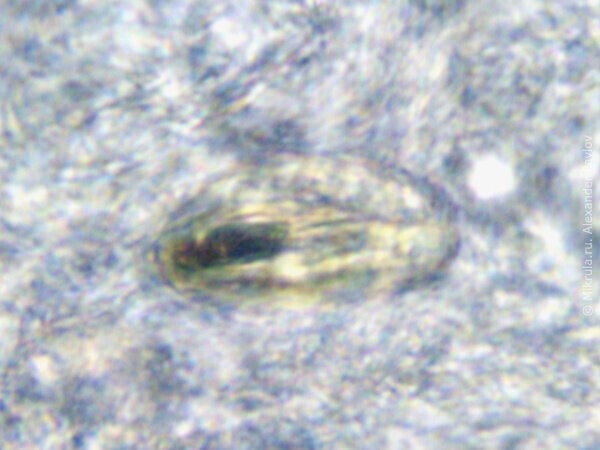
Magnification ×1000
I conclude: the honeycomb is in a product from Turkey of artificial origin.
Well, what about the honey itself? Here is a sample of the work of overseas bees, in which we see characteristic plates of crystallized sugars. 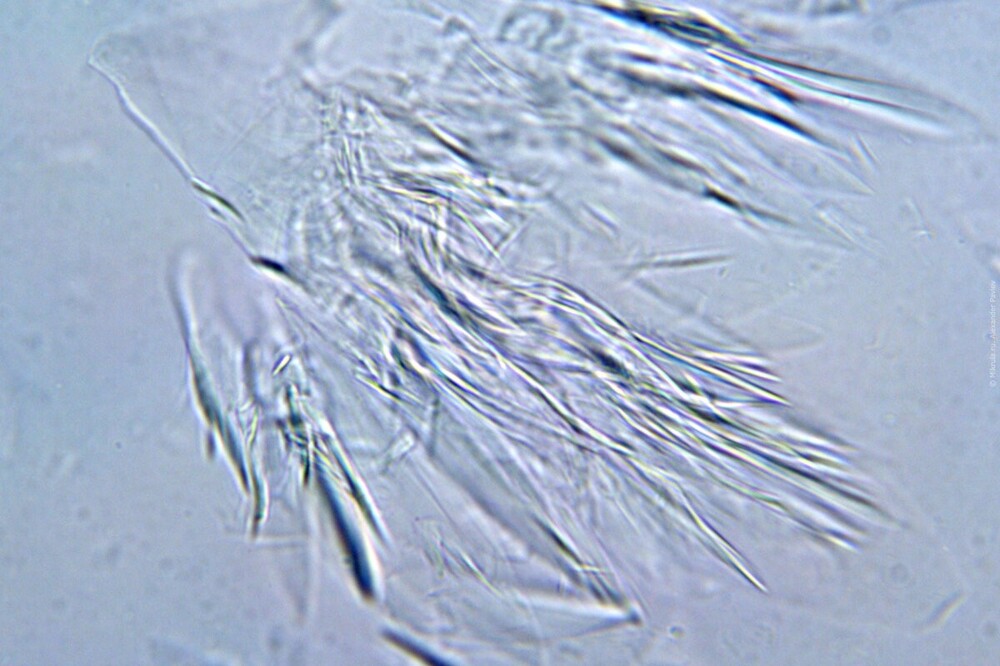
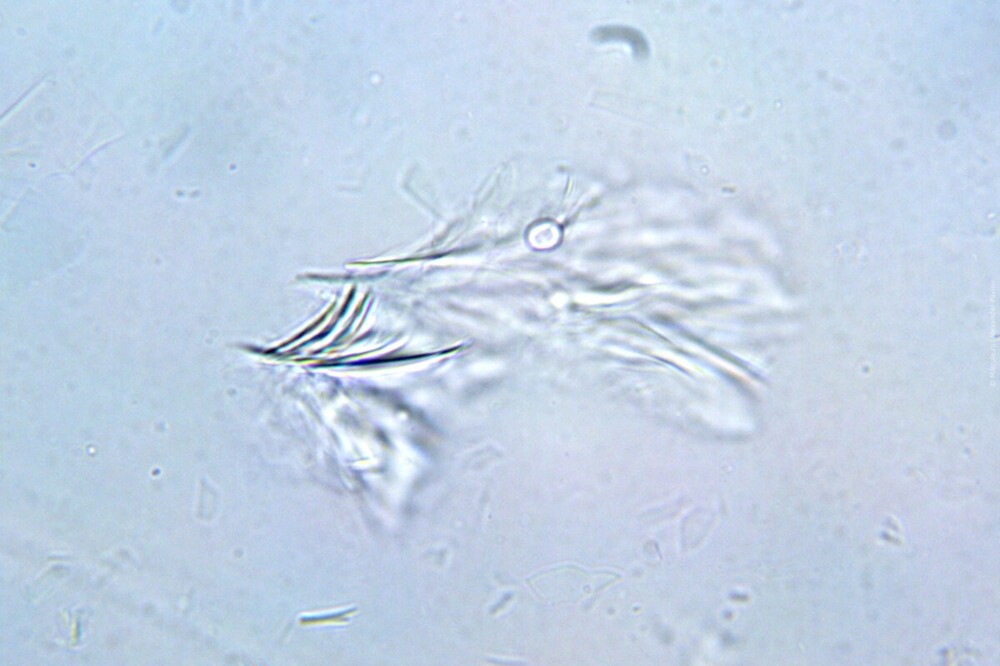
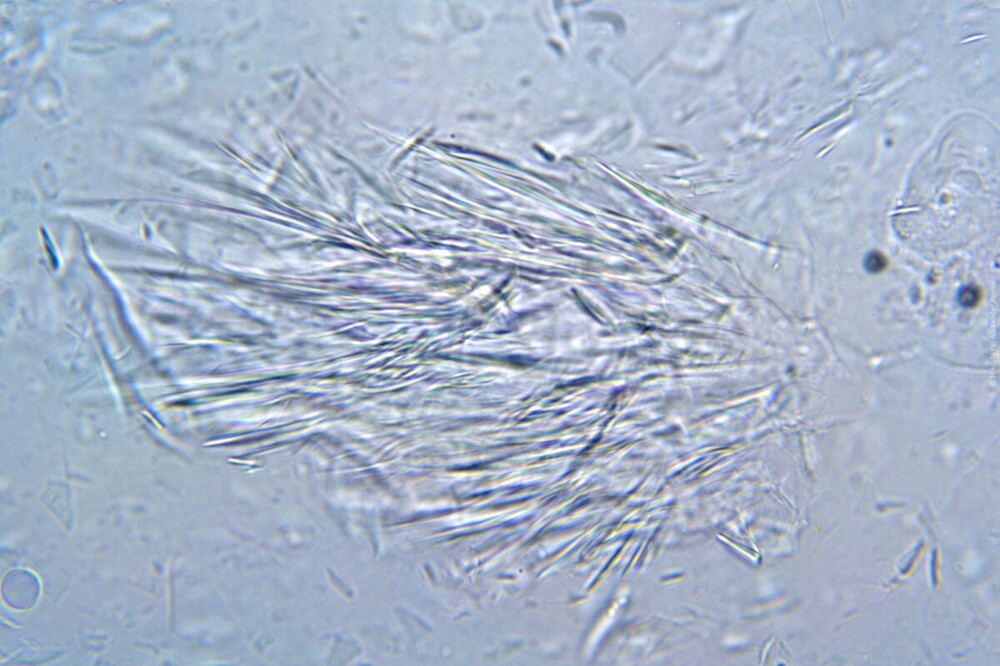
Magnification ×750
Honey from the Irkutsk apiary is completely transparent. According to tradition, pollen is sometimes found in it. 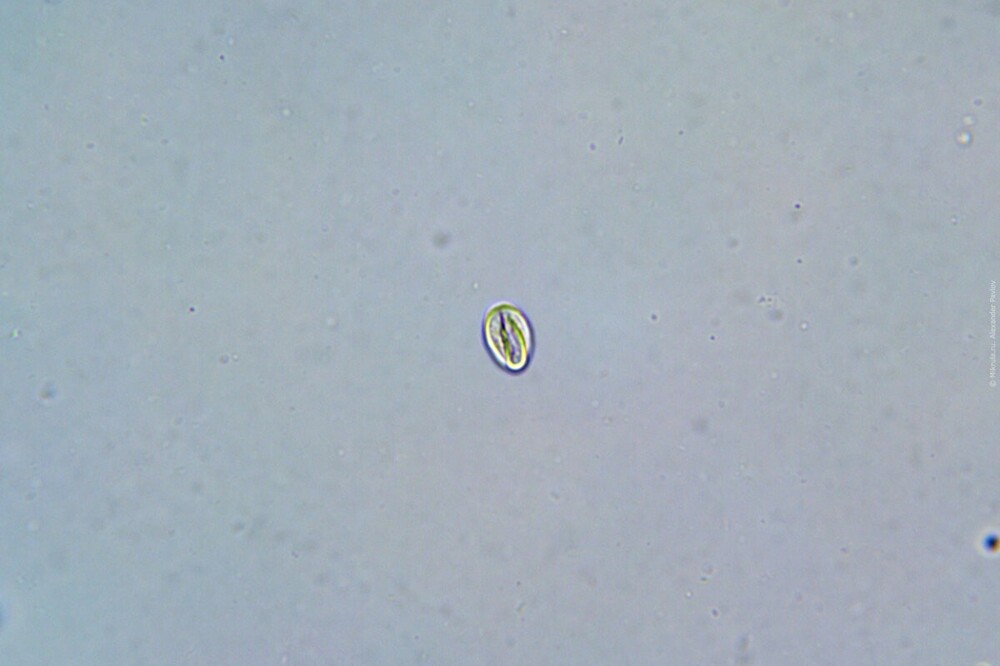
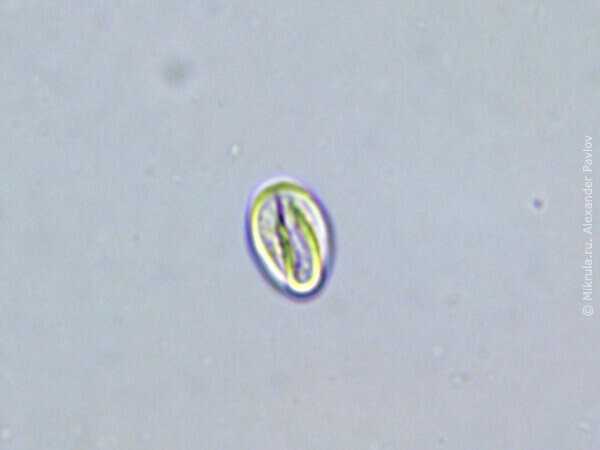
If you really want to, you can see some semblance of a plate. 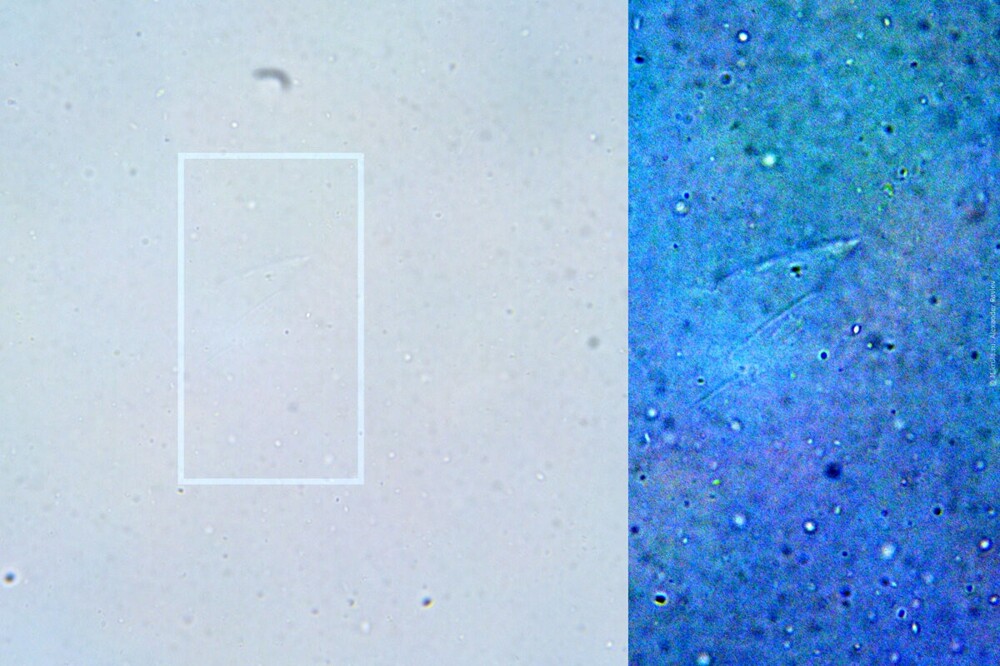
Add your comment
You might be interested in:
